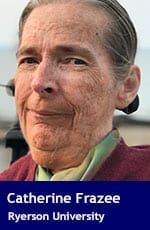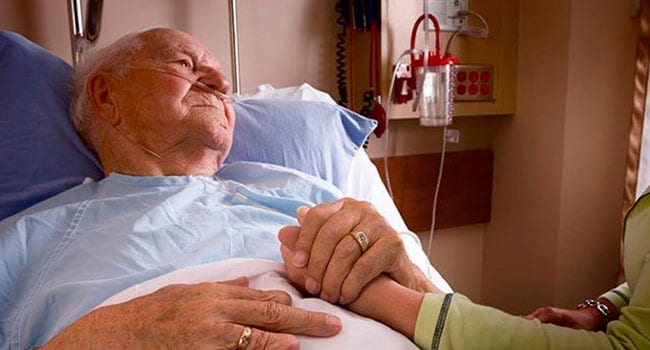 In the early days of Canada’s public conversation about medical assistance in dying (MAID), Dr. Jeff Blackmer, then vice-president of the Canadian Medical Association, expressed the gravitas of the policy choices that lay ahead as “no less than a sea change” to the ethos and culture of the medical profession.
In the early days of Canada’s public conversation about medical assistance in dying (MAID), Dr. Jeff Blackmer, then vice-president of the Canadian Medical Association, expressed the gravitas of the policy choices that lay ahead as “no less than a sea change” to the ethos and culture of the medical profession.
That was in 2016, after the Supreme Court had issued its landmark decision to authorize physicians to end the lives of consenting patients under certain strict conditions, but before the government of Canada had settled on its legislative response.
In the two years since Blackmer’s assessment, a federal law on assisted dying has been enacted and operationalized, procedures and protocols are in place, and numerous court challenges and academic studies are underway.
By the end of 2017, over 3,700 Canadians had died as a result of our new medically assisted dying policy. Yet an appropriate monitoring system is not yet in place.
On the surface, one might venture that this radical transformation to the Canadian health landscape has been made without a hitch. We have, it appears, moved on from moral angst and heated debate to second-tier concerns.
Rules to protect “vulnerable persons” are etched into the federal law. And professional authorities in each Canadian province and territory have issued practice directives and educational resources on MAID. A new professional body, the Canadian Association of MAiD Assessors and Providers has emerged and is focusing attention on refinements, such as whether practitioners are adequately compensated, or if MAID’s bureaucratic requirements need streamlining.
But too little is known about how persons who are eligible for MAID actually experience this new ‘choice.’ And nothing is known about how those of us who care for those persons may have begun to calculate the value of their lives differently.
That’s why the federal government’s new Regulations for the Monitoring of Medical Assistance in Dying, published mid-summer and scheduled to come into effect in November, are deeply disappointing. The regulations fall short of a good faith effort to understand the role that social determinants of health, such as poverty, insecure housing, isolation or social stigma, may play in motivating a request to die.
The monitoring promised to Canadians when the law was passed remains elusive, failing to provide the needed assurance, as the Globe and Mail editorial cautioned recently, that MAID “is never allowed to become a backstop for gaps in other care.”
There have been warning signs.
When Archie Rolland requested and received a medically assisted death in Québec in 2016, he made it clear that it was not his illness, but rather the distress and deprivations of inadequate care that had made his life intolerable.
More recently in Ontario, Roger Foley has reported that although his claims for disability support arrangements of his choosing have been denied, he’s free to pursue a medically assisted death. Assisted life, no. Assisted death, yes.
Are these isolated cases? Or are they the tip of the iceberg?
Genuine, comprehensive monitoring could help us know. But it’s not in place.
Nor will it be, under the new regulations. The “Impact Assessment” report appended to the new regulations makes it clear that the government’s expectation is that “approximately 10 minutes are required to electronically file each report submitted by a practitioner familiar with the reporting requirements” for MAID.
Because medically assisted dying is, in fact, a narrow exemption to the criminal prohibition of homicide, and represents a departure from the Hippocratic oath by which physicians are bound, assessing its impacts must be infinitely more thorough than an electronic form where boxes are checked and cases are reported in 10 minutes or less.
MAID monitoring must be far more than an administrative exercise.
The act of ending the life of another human being raises fundamental questions of human dignity and rights. How will the most vulnerable members of our community be protected from the ultimate harm? How will persons with authority and power be held accountable? How will the kindly but insidious forces of inducement to MAID be kept in check?
How will we ensure that the cost effectiveness of MAID will not override our social commitment to shoulder the costs of care, and to promote equity and human flourishing? How will we track, and as needed, correct for, any slippage in human rights norms and our collective notions of life worth living?
To monitor MAID responsibly, we must hear more voices, consider more perspectives, probe for more answers and be more fearless in the face of what those answers might reveal.
Catherine Frazee is a professor emerita in Disability Studies at Ryerson University and an adviser to the Vulnerable Persons Standard.
Catherine is one of our Thought Leaders. Why aren’t you?
The views, opinions and positions expressed by columnists and contributors are the author’s alone. They do not inherently or expressly reflect the views, opinions and/or positions of our publication.

